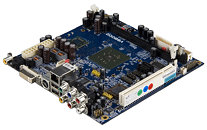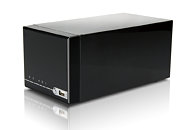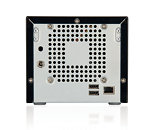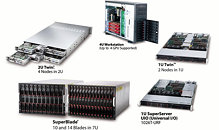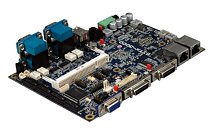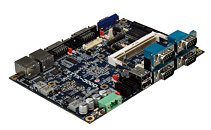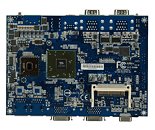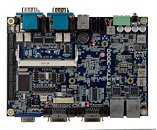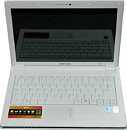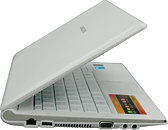
AMD Tightens Organization Focus on Microprocessor, Graphics, and Platform Leadership
AMD announced a new operating model that centers the organization on four equally critical functions: products, technology, marketing and customers. The new structure is designed to better optimize AMD's operations to drive industry-leading performance graphics and microprocessors and further integrate the company's x86 processor and graphics technologies.
"We are tightening our focus on delivering the winning products and platforms our customers want based on AMD's industry-leading microprocessor and graphics technologies," said Dirk Meyer, AMD president and CEO. "The next generation of innovation in the computing industry will be grounded in the fusion of microprocessor and graphics technologies. With these changes, we are putting the right organization in place to help enable the future of computing."
"We are tightening our focus on delivering the winning products and platforms our customers want based on AMD's industry-leading microprocessor and graphics technologies," said Dirk Meyer, AMD president and CEO. "The next generation of innovation in the computing industry will be grounded in the fusion of microprocessor and graphics technologies. With these changes, we are putting the right organization in place to help enable the future of computing."


